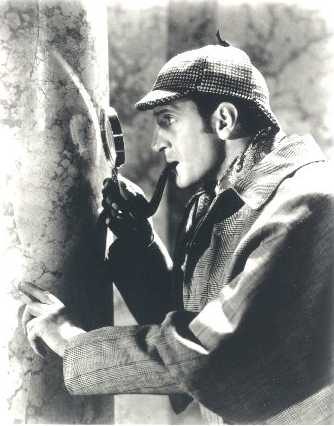
Crime scene characteristics are extremely important to all criminal investigations, especially homicides as well as all serial crimes. After the forensic analysis of the physical evidence found at the crime scene is completed and the victimology is established, then the task of determining the specific characteristics of the crime scene begins.
This is the most interesting part of the investigative process of finding out who committed the crime and why. It definitely piques my interest and it is one of the main reasons that I studied criminology and criminal justice. I find it fascinating what makes people tick and why they chose to commit a crime in a specific way.
What were they thinking?
What drove them?
Did they actually think they could get away with it?
Why do they pick certain weapons or points of entry?
Did they have other choices?
Crime scene characteristics are the overall distinguishing features of the crime scene left by the offender’s behavioral decisions toward the victim and the actual crime location. It’s important to remember that every criminal offender leaves behind a crime scene that is distinct in its own way from all the others based on environmental influences, victim-offender interaction, and physical evidence left at the scene.
***
Based on the Edmond Locard’s Exchange Principle:
“Wherever he steps, whatever he touches, whatever he leaves, even unconsciously, will serve as a silent witness against him. Not only his fingerprints or his footprints, but his hair, the fibers from his clothes, the glass he breaks, the tool mark he leaves, the paint he scratches, the blood or semen he deposits or collects. All of these and more, bear mute witness against him. This is evidence that does not forget. It is not confused by the excitement of the moment. It is not absent because human witnesses are. It is factual evidence. Physical evidence cannot be wrong, it cannot perjure itself, it cannot be wholly absent. Only human failure to find it, study and understand it, can diminish its value. ”
—Paul L. Kirk. 1953. Crime investigation: physical evidence and the police laboratory. Interscience Publishers, Inc.: New York.
“All objects in the universe are unique. No two things that happen by chance ever happen in exactly the same way. No two things are ever constructed or manufactured in exactly the same way. No two things wear in exactly the same way. No two things ever break in exactly the same way.”
This is a simple key observation for approaching a crime scene expressed by authors, Joe Nickell and John F. Fischer. This is perhaps one of my favorite quotes.
***
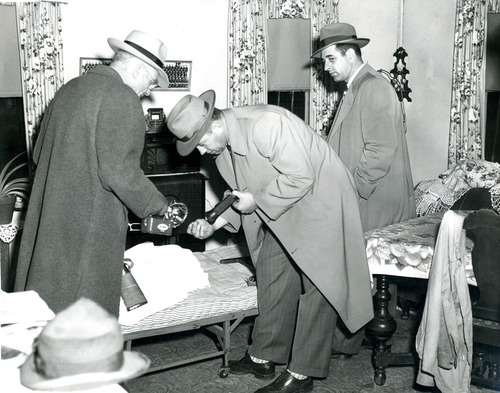
Important crime scene characteristics examined by investigators or profilers:
Location Type (indoor, outdoor, vehicle, or underwater)
Point of Contact (primary, secondary intermediate, and dumpsite)
Location of Scene
Method of Approach (surprise, con, blitz)
Method of Attack
Use of Force
Method of Control (control oriented, verbal threat, controlling, sexual, lethal)
Weapons
Victim Resistance
Victim Compliance
All of these important aspects listed of the crime scene are evaluated and are generally reflective of the person(s) responsible for the crime. In combination, the physical evidence, victimology, and the actual crime scene characteristics work together to unravel the investigative puzzle to begin to create the criminal profile and to catch those who are responsible.
***
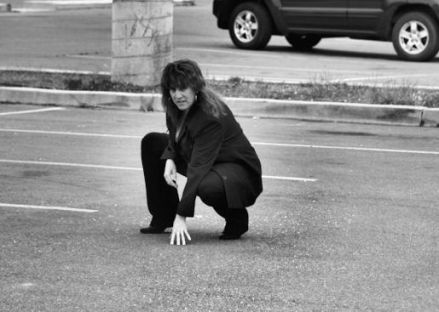
Research and Writing Tip:
If you are writing a detective story or police procedural, take some time to think about your crime scenes. How are you going to write them? How is the protagonist or the killer going to approach them? What are the key pieces of evidence they are going to discover? How are you going to piece it all together for the reader? Try sketching out the crime scene on a piece of paper first. This is one of my favorite tasks! Or walk an area that inspired you to see it firsthand. Good luck!
***
LAST GIRLS ALIVE
Detective Katie Scott Thriller

Please join me:
Author Blog: https://authorjenniferchase.com/
Book & Crime Talk: http://blogtalkradio.com/jennifer-chase
Books: Compulsion Dead Game Dark Mind Dead Burn Dark Pursuit
Silent Partner Body of the Crime Screenwriting


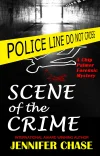
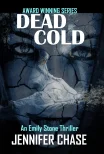









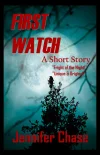





















Now this is a good topic. I myself would never try my hand in this genre, but I now see what it takes, and this would prove useful should the day come when I add crime scenes to my sci-fi stories. Thanks for sharing!
LikeLiked by 1 person
Thanks Stuart!
LikeLike